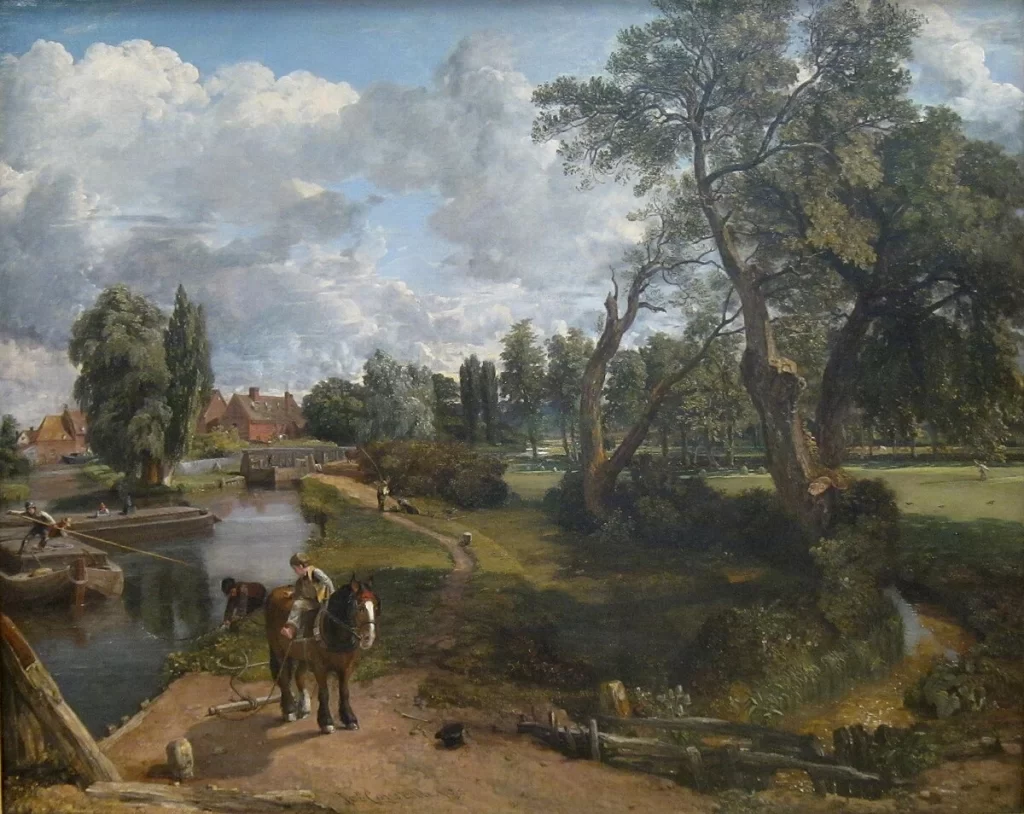John Constable: Man with the Meticulous Eye for Landscapes
Artist John Constable was born in East Bergholt, Suffolk to a merchant who dealt with corn, coal, and farming on June 11, 1776. He gave a considerable amount of time and effort towards creating paintings of the nearby scenery, particularly the places that reminded him of his carefree childhood.
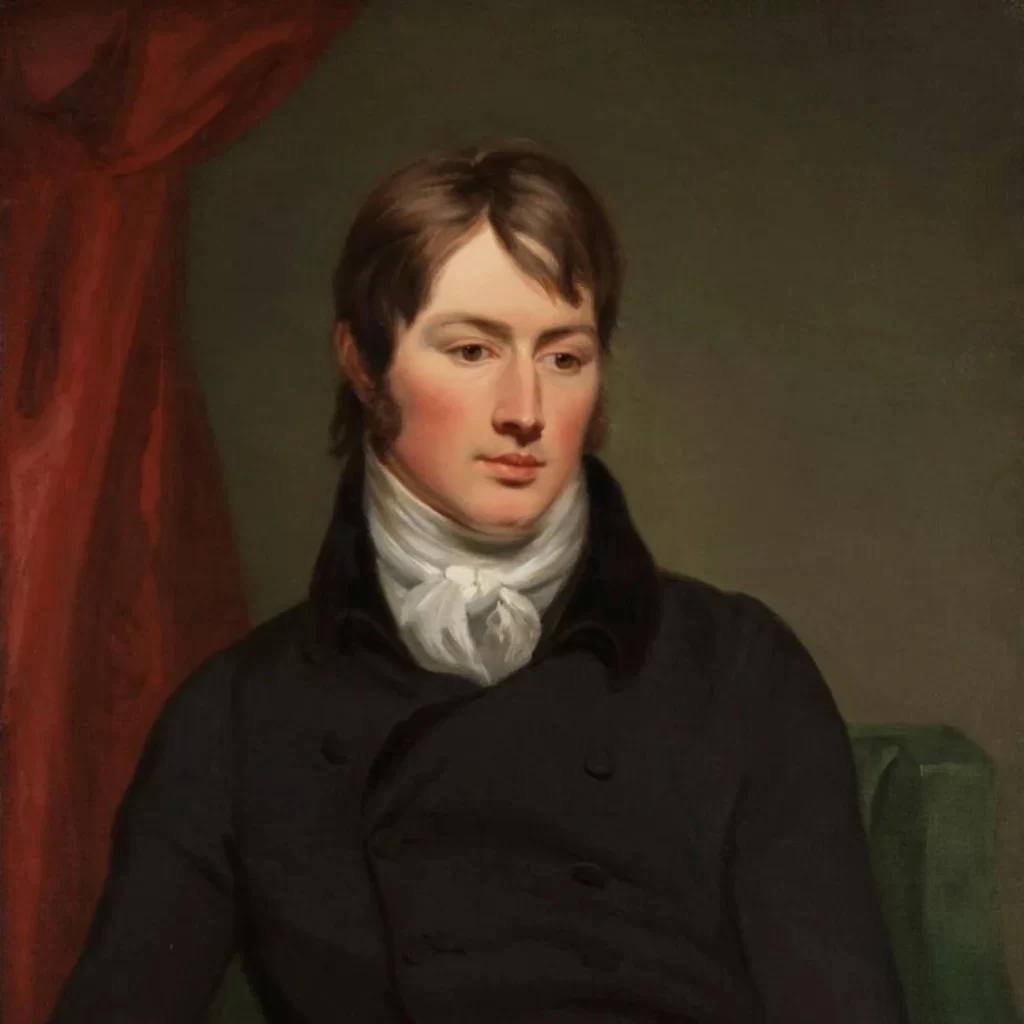
Courtesy – National Portrait Gallery
According to him, these experiences were instrumental in shaping his career as an artist. Despite being the second-born, Constable was seen as the natural heir to his father’s trade since his older brother was mentally challenged. Following a short stint at a boarding school located in Lavenham, he began attending a day school in Dedham.
After completing his education, John Constable ventured into the corn industry. However, the managerial responsibilities of the mills were eventually handed over to his younger sibling Abram.
Early Art Influences on Painter John Constable
Artist John Constable’s pivotal moment occurred in 1795 when he encountered Sir George Beaumont, an enthusiast artist and collector, who introduced him to a stunning array of masterpieces by Old Masters. He obtained knowledge of art history and theory through his contemporary John Cranch, who gave him a catalogue of recommended readings for painters, and his acquaintance John Thomas “Antiquity” Smith loaned him drawings and prints.
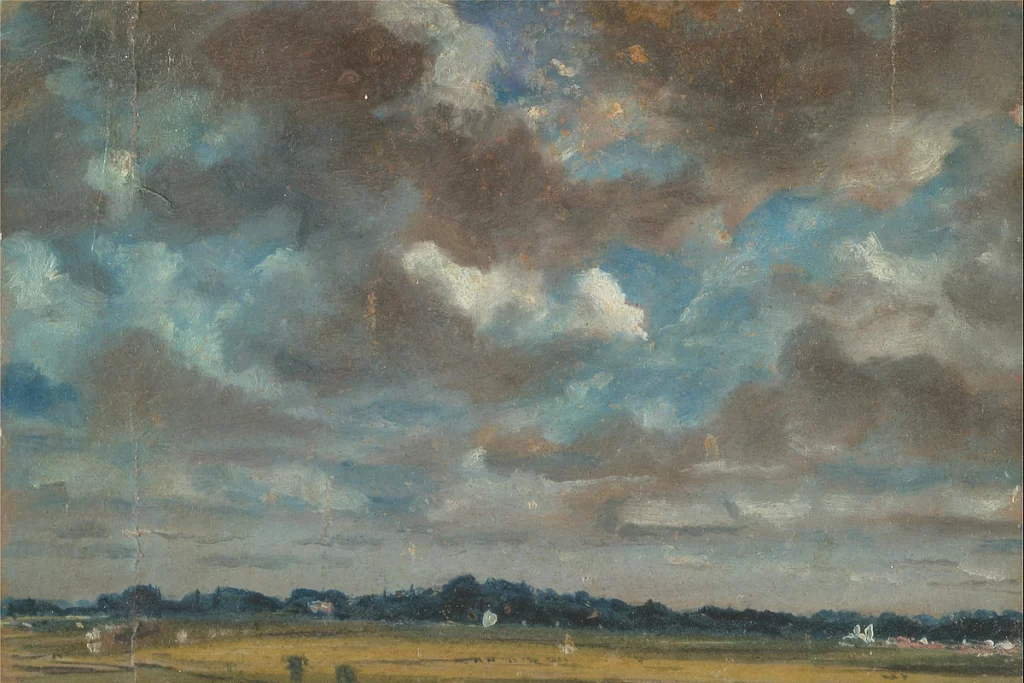
Courtesy – Wikimedia Commons
In 1799, John Constable began his journey as a painter by enrolling in the Royal Academy Schools located in London. He debuted at the Academy with his maiden landscape painting, which marked the beginning of his long-standing relationship with the institution as he continued to showcase his work there every year until his final days. Additionally, he secured a workspace that was situated across the street from his family’s residence.
John Constable’s Art Style and Early Career
In 1802, Constable declined a position as a drawing instructor at a military academy to focus exclusively on his passion for painting landscapes and immersing himself in the natural beauty of the English countryside. In that particular year, John Constable’s paintings were displayed at the Royal Academy for the first time. Although he had initially dabbled in oil exploration, he chose to focus on watercolours and graphic materials for his investigations of the natural world.
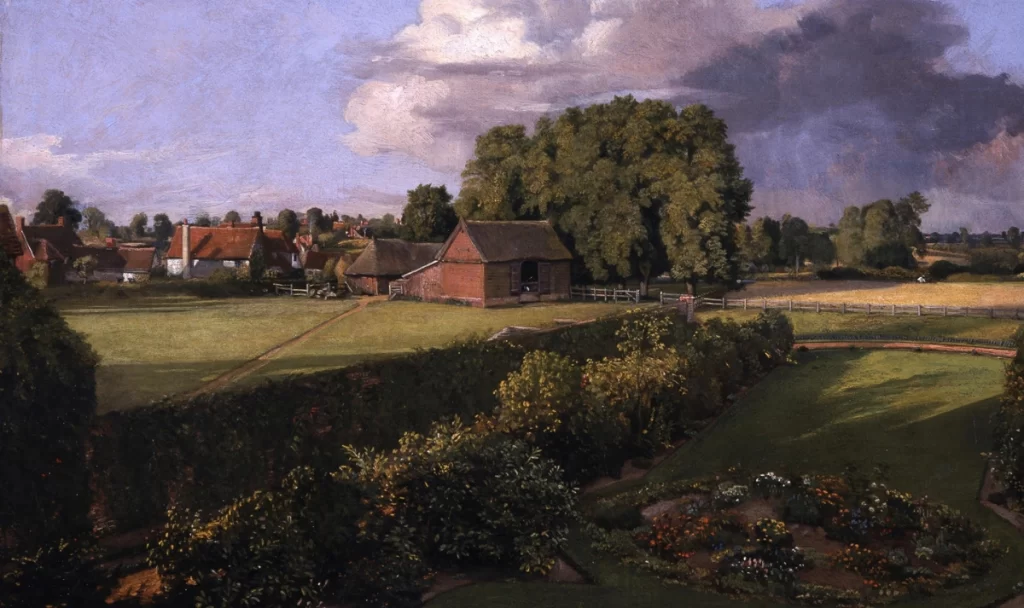
Courtesy – Wikipedia
His journey to the Lake District in the autumn of 1806 inspired him to produce exceptional artwork in various mediums. Unfortunately, attempts to showcase John Constable’s artworks in 1807 and 1808 proved fruitless in captivating the public’s attention. Except for a trip to the Lake District for two months in 1806, Constable made it a custom to spend his summers drawing and painting in the East Bergholt area, before heading back to London for the winter.
Since he was not able to secure any buyers or commissions for his landscapes, he resorted to doing portraits to increase his meagre earnings. Even though he created some impressive portraits, he found the task monotonous compared to the joy he found in painting landscapes.
John Constable’s Artistic Innovations and Later Works
John Constable’s drawings were the foundation for his major exhibition of artworks that he developed in his studio. Although his pictures are highly sought-after nowadays, they were not warmly welcomed during his lifetime in England. Despite not being entirely successful, he achieved significant accomplishments in Paris.
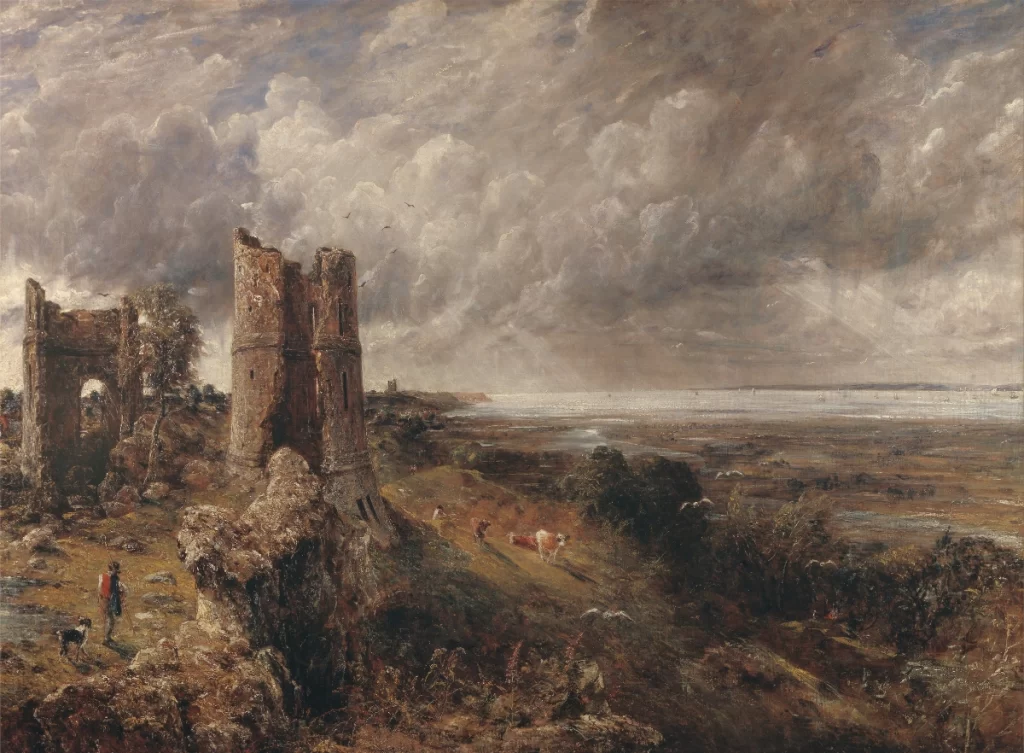
Courtesy – Wikipedia
Artist John Constable, just like Thomas Gainsborough, was inspired by the works of Dutch painters such as Jacob van Ruisdael. Both Peter Paul Rubens and Claude’s artistic creations serve as valuable examples of colour use and composition. The high level of originality in Constable’s work originates from its realistic and animated qualities.
John Constable’s Artistic Legacy and Techniques
John Constable’s paintings in 1824 began to display fractured surfaces that conveyed optical effects resembling the authentic experience of nature. Along with an intensifying usage of vibrant and luminous hues, some have misinterpreted these attributes as a foreshadowing of Impressionism. He stopped meticulously documenting a particular location as he was travelling and sketching at multiple places during that time.
![Rainstorm over the Sea [Seascape Study with Raincloud] (1824-28)](https://www.abirpothi.com/wp-content/uploads/2024/08/Rainstorm-over-the-Sea-Seascape-Study-with-Raincloud-1824-28-Courtesy-Wikimedia-Commons-1024x739.webp)
Courtesy – Wikimedia Commons
In 1823, he briefly visited Salisbury and from 1824, he spent time in the popular seaside town of Brighton, where his family went for Maria’s health. It was in Brighton where John Constable’s oil paintings were first born. However, a different interpretation can be made of his locations that are detached from reality and lack any depiction of farming. Constable, a staunch Tory, deliberately depicted an organized and detached society that remained unaffected by the economic downturn and agrarian uprisings that arose from the Napoleonic Wars despite the prevalent industrial and social transformations.
Artist John Constable’s Later Career and Final Works
John Constable revolutionized the art world by promoting accurate representations of nature. He declined modern techniques of portraying landscapes, stating that the current trend of emphasizing showiness and exaggeration in art falls short of representing reality. He formulated his unique approach to portraying reality, by faithfully transferring his observations onto a canvas.
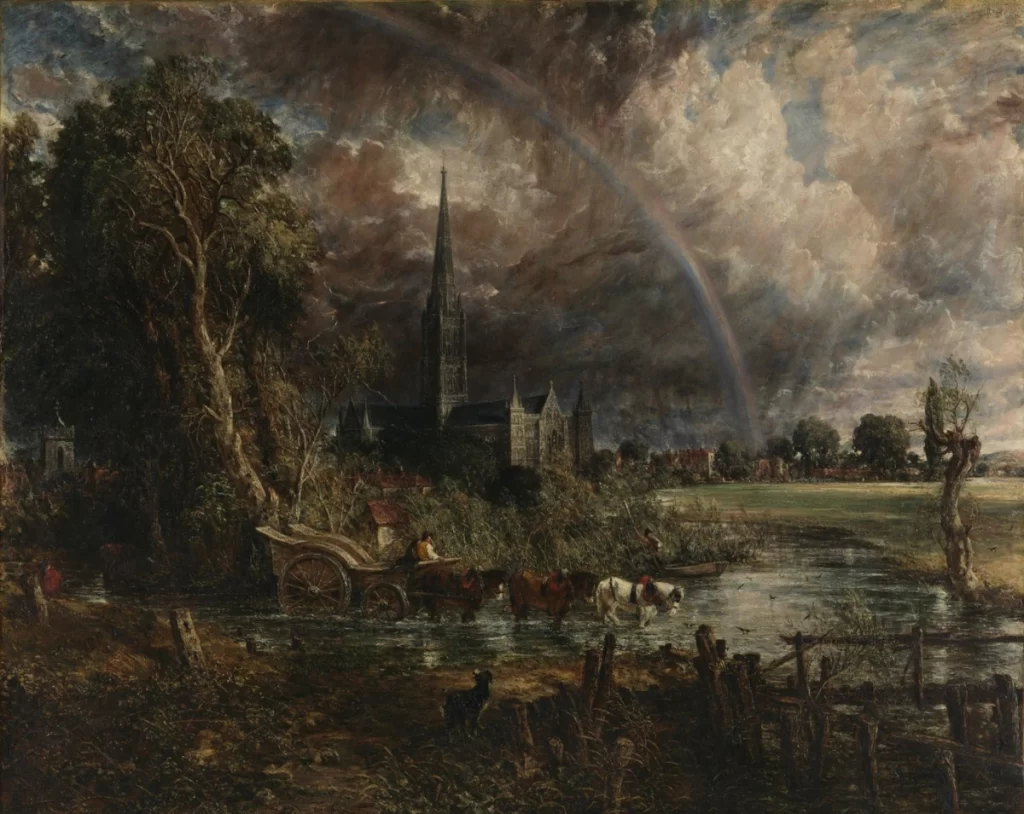
Courtesy – Tate
Constable’s interest was piqued by the ever-changing forms of clouds, climate, and illumination, and he endeavoured to immortalize these fleeting instants in his artwork composed of oil sketches. He utilized big, unstructured brushstrokes to produce vivid portrayals that conveyed a general impression of his observations, rather than emphasizing intricate particulars. John Constable’s drawings can be viewed as an initial forebearer of the Impressionists’ art that emerged three decades afterwards.
John Constable Artwork Technique and Style
During this period, artist John Constable broke away from the conventional invisible brushstrokes, which were typically anticipated in Academic art of that era, even in his finished artwork. Instead, he utilized diverse techniques to apply paint, including using a palette knife, resulting in a rough and distinctive surface on his canvases, which ultimately improved their authenticity.
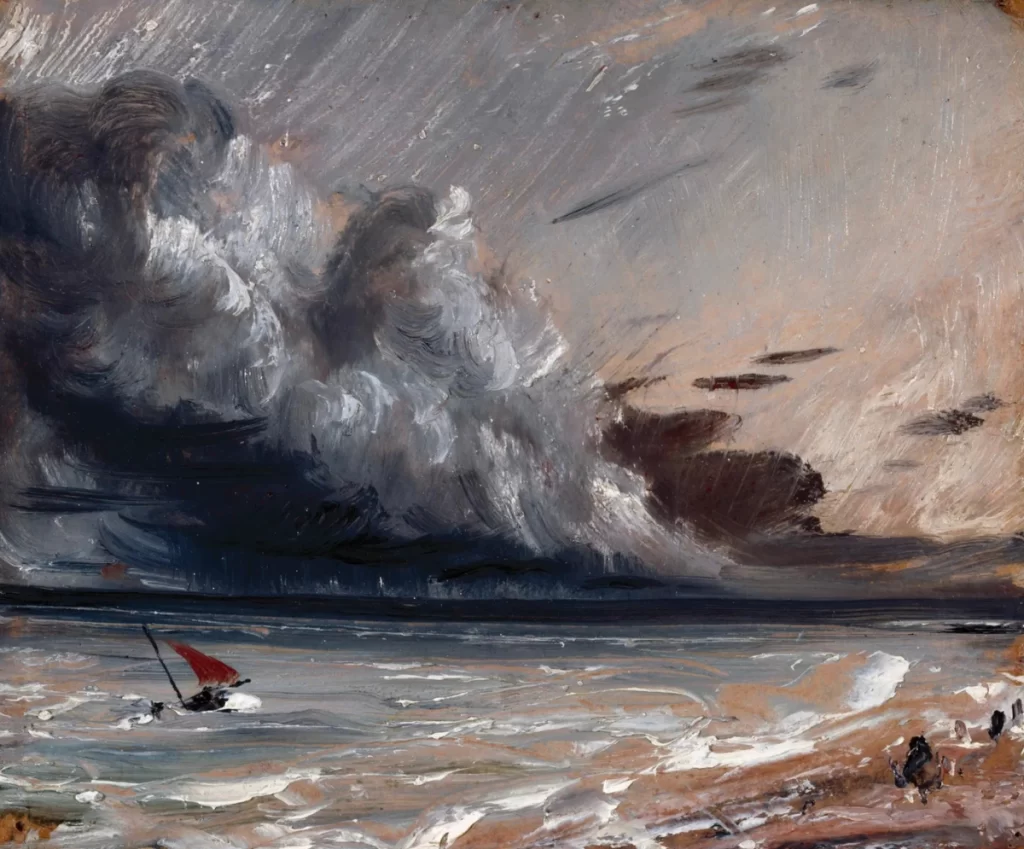
Courtesy – Royal Academy of Art
Constable incorporated a broader range of colours into his work, inspired by the vibrant tones he observed in the natural world. His reputation stems from his distinctive incorporation of unadulterated white highlights that symbolise the glint of light on the surface of water.
The Legacy Left Behind by John Constable
During this era, John Constable focused his attention on exploring nature through watercolour and drawing instead of oil painting. He demonstrated an impressive array of artwork, including his notable piece Salisbury Cathedral from the Meadows (1831). While advocating for parliamentary reform that was seen as a threat to the church, conservatives like Constable felt uneasy.
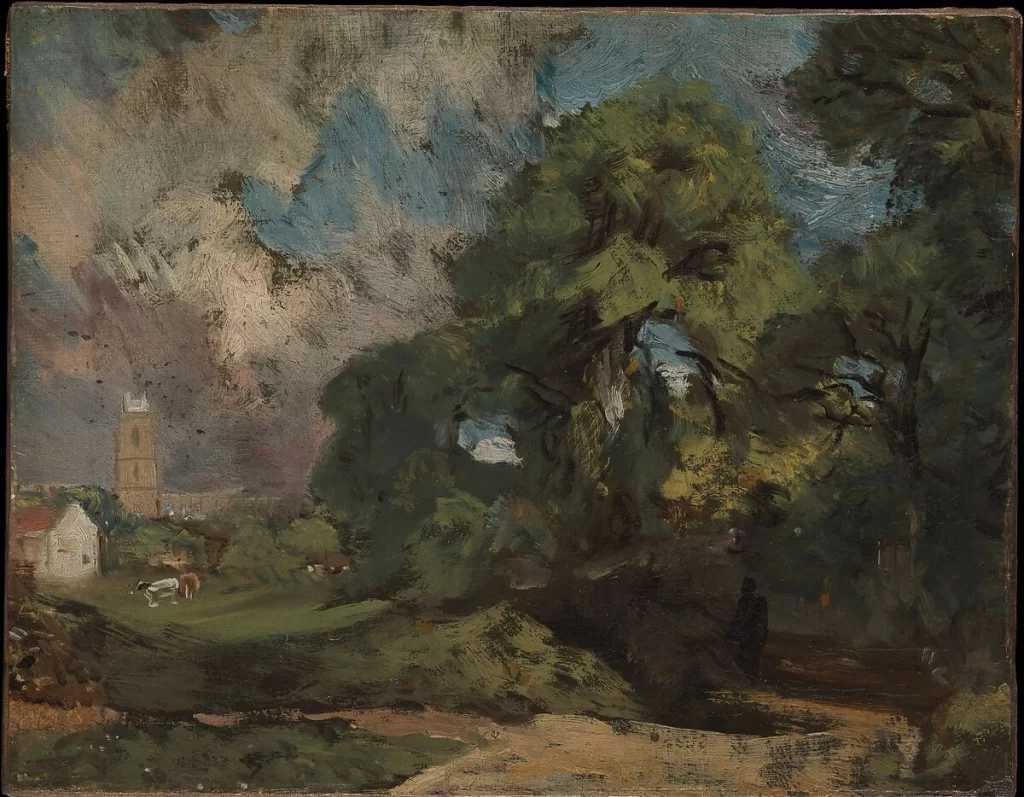
Courtesy – The Metropolitan Museum of Art
Nevertheless, John Constable’s painting featured elements from his famous The Hay Wain (1821). The sense of panic is depicted through the painting’s significant variations in size. The wagon appears remarkably large in comparison to the houses, but it is still insignificant in front of the overpowering cathedral, which stands as a firm symbol of resilience while being surrounded by a rainbow amid the turbulent skies.
Towards the end of his profession, Constable reduced the number of oil sketches he created outdoors. Instead, he began creating more studio sketches influenced by his previous outdoor drawings. In his last years, he embarked on a significant endeavour which involved creating twenty mezzotints based on John Constable paintings. Titled Various Subjects of Landscape, Characteristic of English Scenery, the engravings were done under his guidance by David Lucas, a lesser-known printmaker.
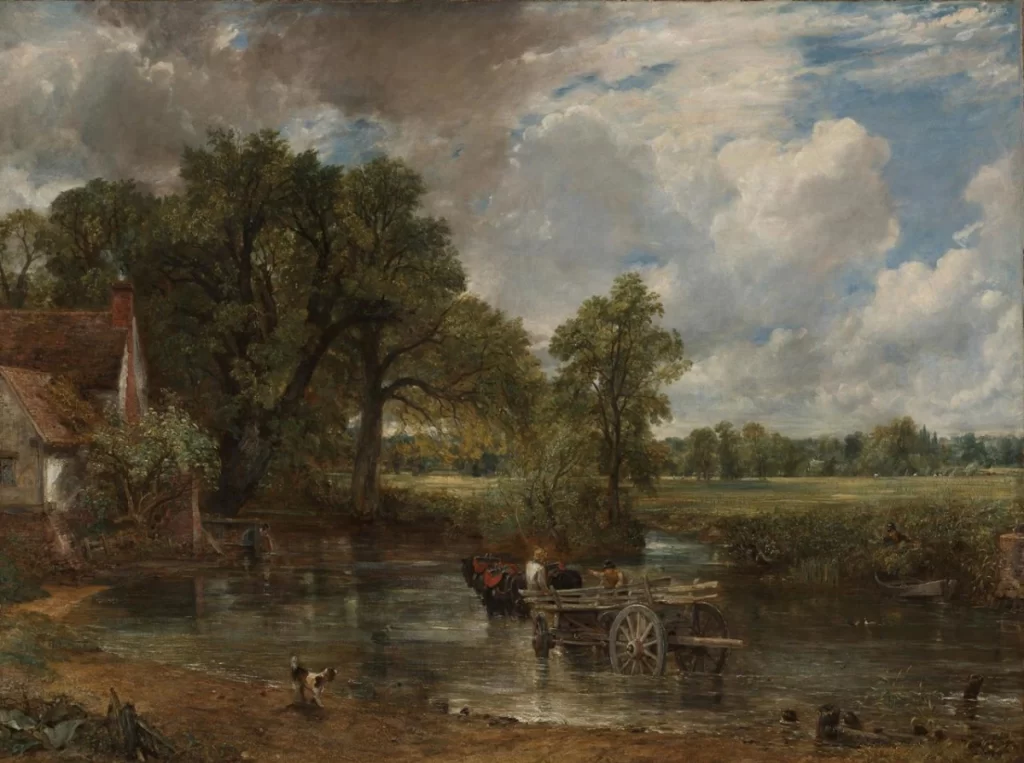
Courtesy – The National Gallery, London
From 1830 to 1833, a series titled English Landscape was released and it served as an embodiment of his ideas regarding landscape painting, encapsulating the essence of his professional journey. Constable’s focus on portraying nature sets him apart from the conventional way of painting landscapes in the classical genre. Today, he is commonly regarded in conjunction with J.M.W. Turner as a celebrated artist.
How Is Artist John Constable Different From His Contemporaries?
During a time when landscape painting was highly prevalent in British art, Constable was a notable artist in this genre. John Constable’s artworks were distinctive as he typically chose not to depict locations, frequented by tourists or fellow artists. Instead, he focused on places that held significance to his familial roots or that he encountered for personal motives. Although other artists also created oil sketches, Constable approached them with unparalleled rigour and frequency.
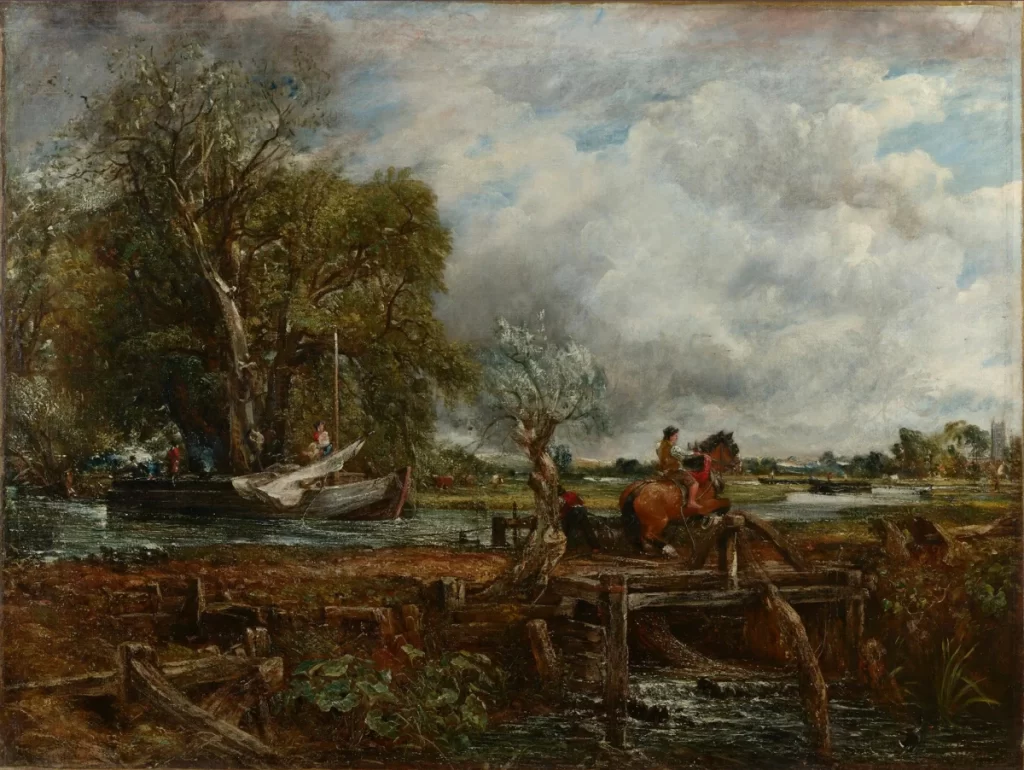
Courtesy – Royal Academy of Art
His depictions of natural scenery exhibit an impressive ability to capture its various forms, especially the quick and intense changes of stormy skies, and also reflect a deep and prolonged contemplation of Britain’s rural life that experienced a perplexing socio-economic shift.
Artist John Constable was often compared to Turner throughout his lifetime, and it’s been suggested through stories that the two had a spirited and private competition. At the beginning of his artistic journey, Turner adopted an academic approach and quickly gained acceptance into the esteemed English art community, with the guidance and support of Joshua Reynolds. Over time, his approach evolved and diverged to become more and more suggestive of impressionism.
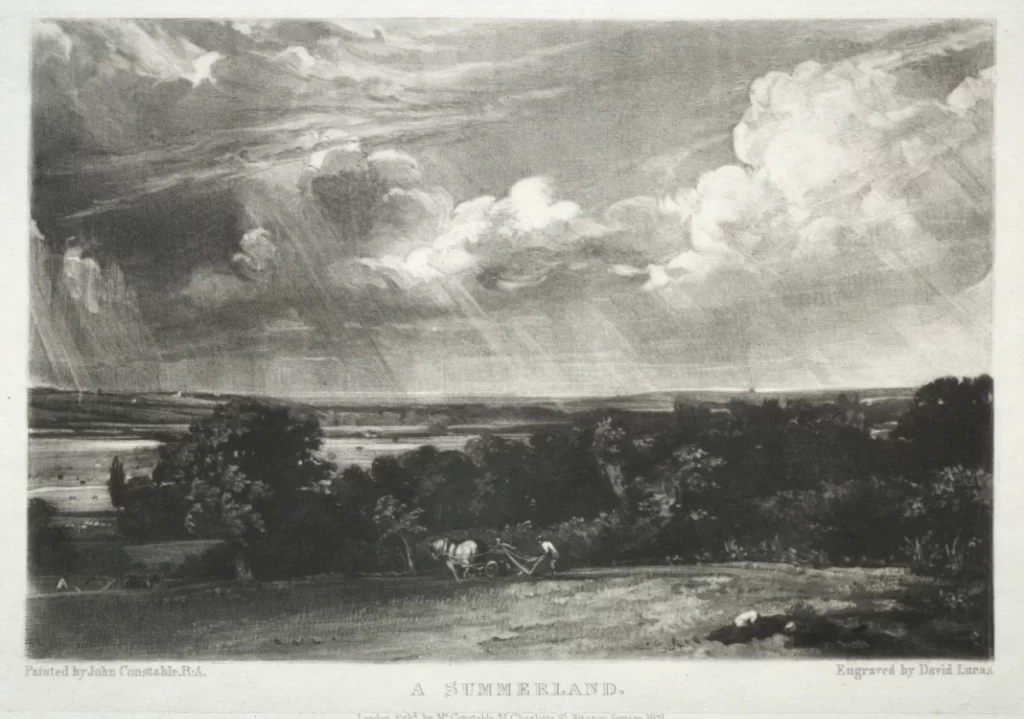
Courtesy – Cleveland Museum of Art
Although there are similarities in the style of John Constable’s oil paintings & sketches and Turner’s later work, their intentions were different. Differing from Constable’s deliberate technique, Turner frequently selected his themes, composition, and illumination for an impactful presentation, utilizing his artwork to express opinions on current affairs and evoke strong sentiments in the audience, rather than solely aiming for a faithful depiction of reality.
Image – Flatford Mill (‘Scene on a Navigable River’) (1816-17) Courtesy – Wikipedia

Contributor

